
- Company
-
Cooling Fan
- 20mm DC Axial Cooling Fan
- 30mm DC Axial Cooling Fan
- 40mm DC Axial Cooling Fan
- 50mm DC Axial Cooling Fan
- 60mm DC Axial Cooling Fan
- 70mm DC Axial Fan
- 80mm DC Axial Fan
- 90mm DC Fan
- 100mm DC Fan
- 110mm DC Fan
- 120mm DC Fan
- 170mm DC Fan
- 200mm DC Fan
- 20mm DC Blower Fan
- 30mm DC Blower Fan
- 40mm DC Blower Fan
- 50mm DC Blower Fan
- 60mm DC Blower Fan
- 70mm DC Blower Fan
- 80mm DC Blower Fan
- 90mm DC Blower Fan
- 100mm DC Blower Fan
- 120mm DC Blower Fan
- 150mm DC Blower Fan
- Markets
-
Technology
- Supports
- News
-
Contact Us
 EN
EN 
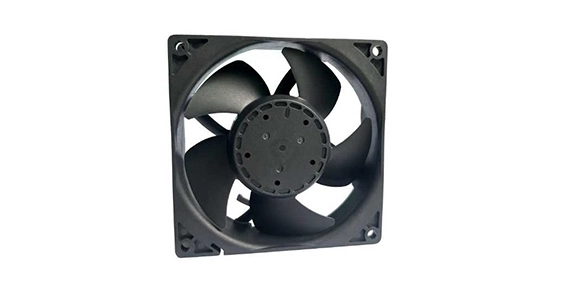 +
+
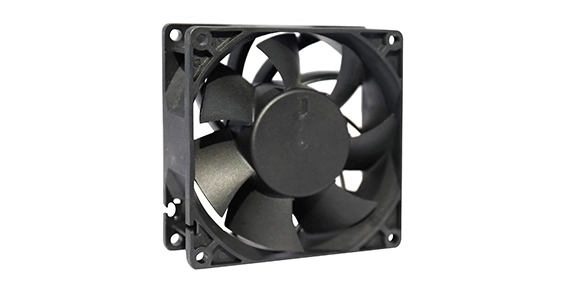 +
+
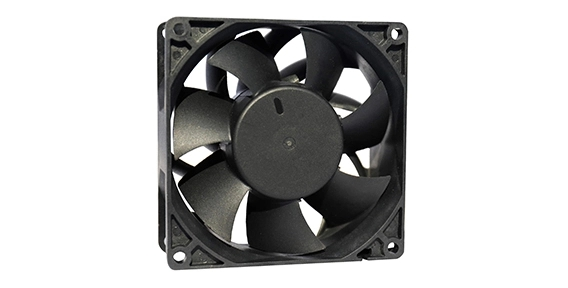 +
+
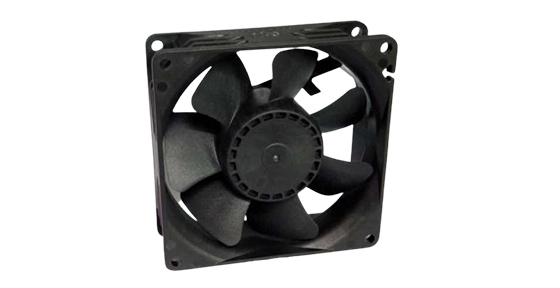 +
+
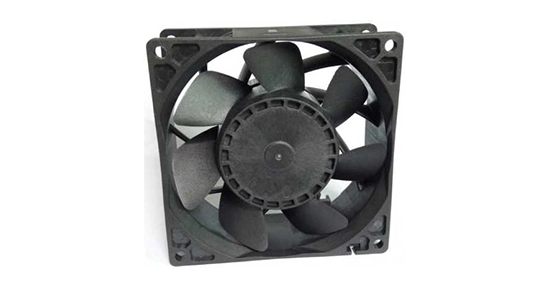 +
+
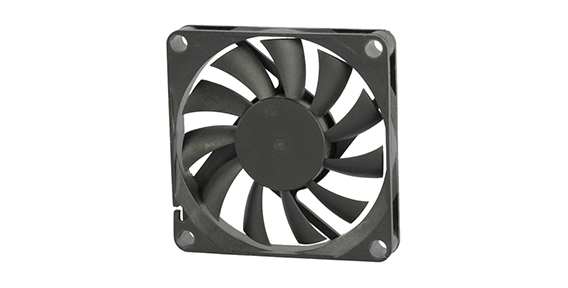 +
+
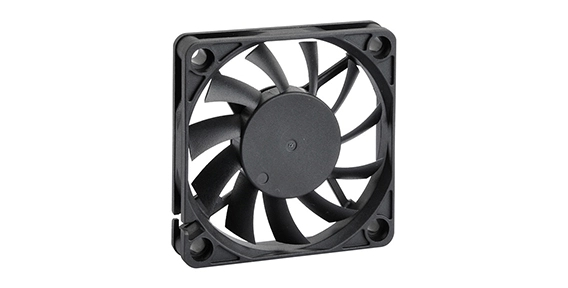 +
+
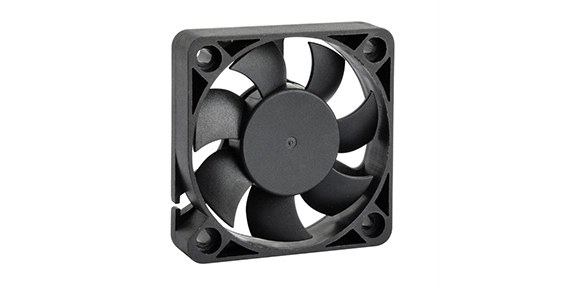 +
+



